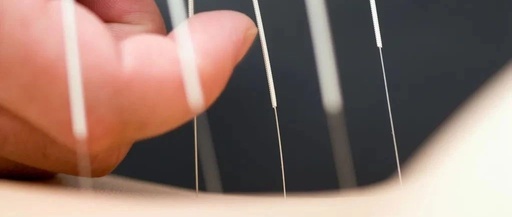
No need for medication, intravenous therapy, or surgery; simply using a few silver needles to puncture the skin can lead to “disease elimination through acupuncture”. This traditional Chinese medical practice, “Zhen Jiu” (Acupuncture), was included in the UNESCO Intangible Cultural Heritage list as early as 2010.
According to statistics, over 180 countries and regions worldwide utilize acupuncture, with more than 20 countries having enacted legislation regarding its practice.
On February 21, 1972, during President Nixon’s visit to China, Premier Zhou Enlai accompanied him to observe a thyroidectomy performed under acupuncture anesthesia, which left him astonished.
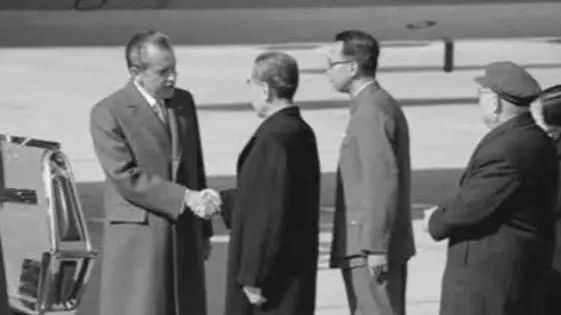
Subsequently, the book “Chinese Acupuncture Anesthesia” was published and translated into multiple languages, spreading its influence globally.
Acupuncture has garnered a large following abroad, including well-known celebrities:
American film star Dwayne “The Rock” Johnson has shared photos of himself receiving acupuncture treatment.
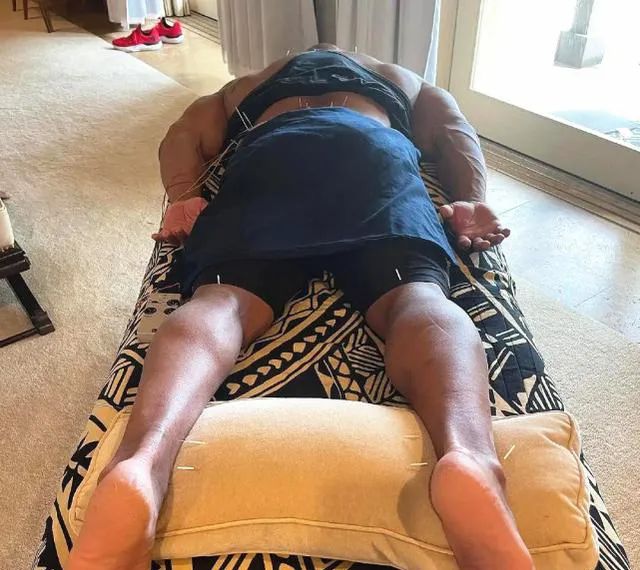
American actress Kim Kardashian has also posted photos of her facial acupuncture treatment.
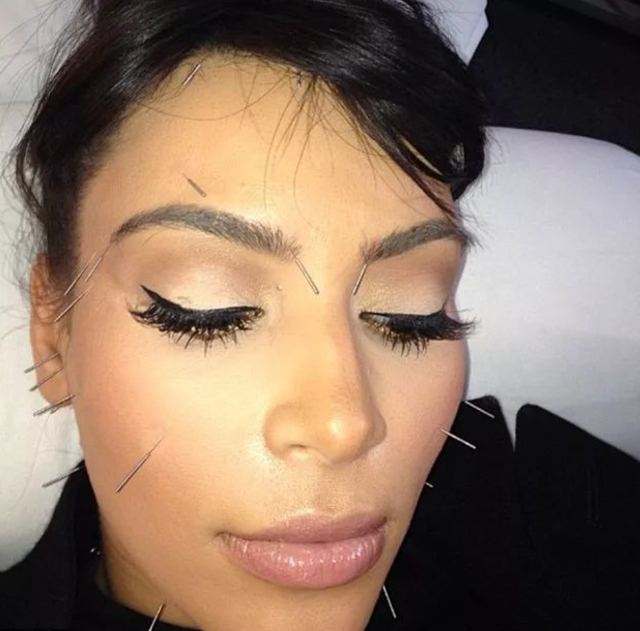
During the recently concluded Beijing Winter Olympics, acupuncture and other traditional Chinese medical therapies became “star projects”. Many members of the delegations visited the comprehensive clinic in the Olympic Village to experience acupuncture, tui na (Chinese therapeutic massage), and other treatments to alleviate sports injuries, insomnia, and anxiety.
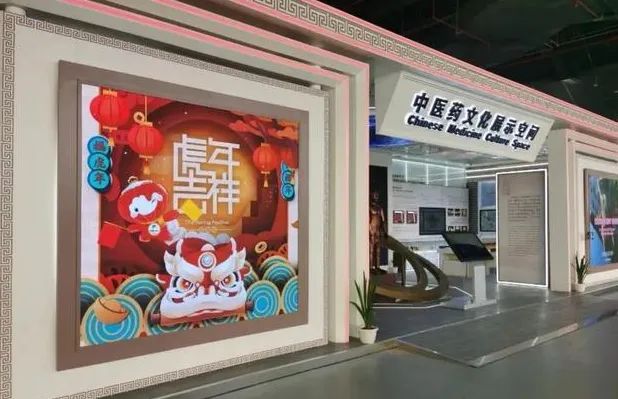
Recently, a research team from Guangzhou University of Chinese Medicine published a paper titled “Research on the Acupuncture Disease Atlas Based on Clinical Evidence” in the prestigious medical journal British Medical Journal (BMJ). This study constructed the first clinical evidence matrix for acupuncture and established the world’s first acupuncture clinical evidence atlas, addressing the unclear classification of acupuncture’s advantageous and potential disease categories.
Life Times (Search “LT0385” on WeChat to follow) combined this paper with expert interviews to reveal the “magical” aspects of acupuncture therapy.
Interviewed Experts
President of the Chinese Acupuncture Society, Liu Baoyan
Chief Physician of the Department of Integrated Traditional Chinese and Western Medicine at Xiangya Hospital, Central South University, Wang Dongsheng
Chief Physician of the Acupuncture and Rehabilitation Department at the First Affiliated Hospital of Hunan University of Chinese Medicine, Lou Bidan
Acupuncture Can Treat Various Diseases
Research has found that since 1975, over 10,000 randomized controlled trials on acupuncture have been published. Between 2000 and 2020, there were 2,471 systematic reviews of acupuncture therapy, with the number of systematic reviews increasing each year.
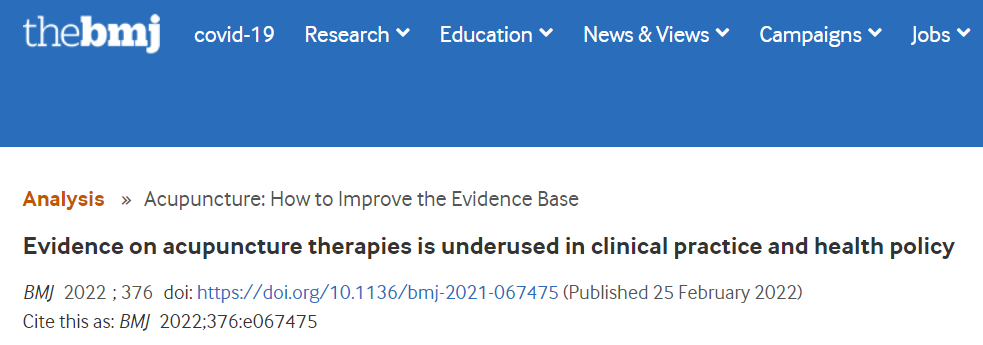
The research covered 77 diseases across 12 disease areas, with data from 1,402 randomized controlled trials and 205 outcome indicators. The authors found that acupuncture has moderate to high certainty evidence for treating eight diseases:
-
Improving post-stroke aphasia;
-
Relieving neck and shoulder pain;
-
Alleviating myofascial pain;
-
Relieving fibromyalgia;
-
Alleviating nonspecific low back pain;
-
Promoting lactation after childbirth;
-
Relieving symptoms of vascular dementia;
-
Improving symptoms of allergic rhinitis.
The authors believe that acupuncture has not received policy recognition and widespread use, with only a few healthcare systems incorporating acupuncture into guidelines and insurance.
Among these eight diseases, insurance companies in major Western countries only cover pain-related conditions: the United States began covering acupuncture for chronic low back pain at the end of 2020; Australia covers back pain and shoulder pain; in the UK, most patients choose acupuncture for chronic tension-type headaches, migraines, and chronic pain, but insurance does not reimburse.
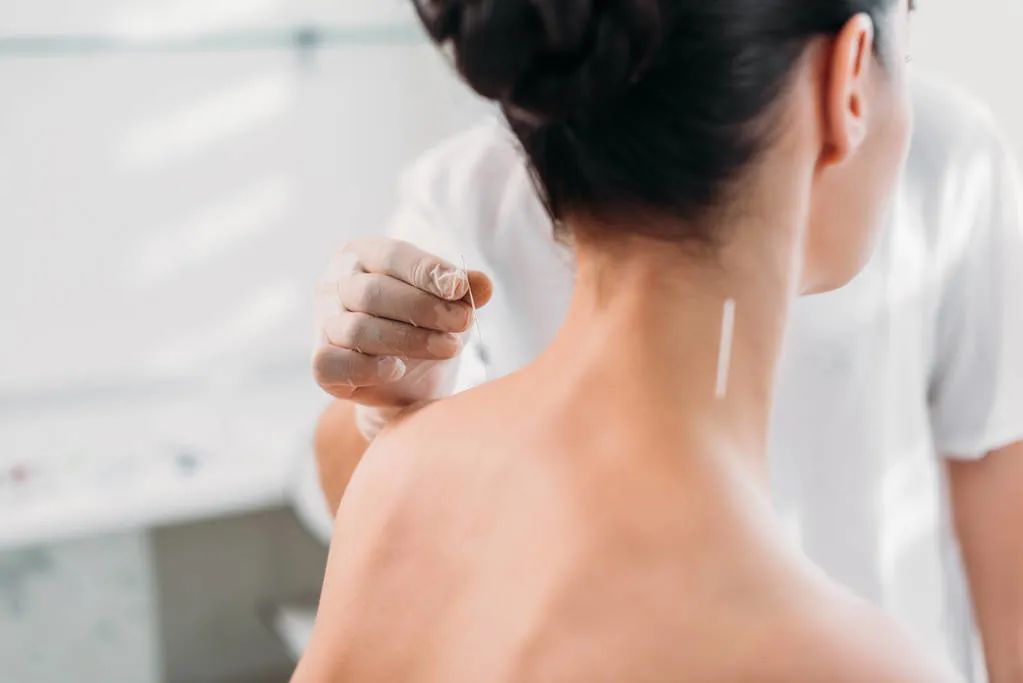
According to the World Health Organization (WHO) 2019 global report, acupuncture therapy is widely used around the world. The United States performs over 10 million acupuncture treatments annually. The UK performs over 4 million acupuncture treatments each year.
The authors believe that new evidence regarding the use of acupuncture indicates a need for further integration and application of acupuncture in traditional medicine.
What Exactly is Traditional Chinese Acupuncture?
Acupuncture includes two concepts: “needle” and “moxibustion”. The former primarily involves needling, while the latter refers to moxibustion. Any method that stimulates acupuncture points on the body to prevent and treat diseases can be referred to as acupuncture.
Traditional Chinese Medicine (TCM) posits that the human body has 12 main meridians, which are directly related to the five zang organs and six fu organs. Stimulating specific points along these meridians can have a preventive and therapeutic effect, with minimal side effects and a bidirectional regulatory effect.
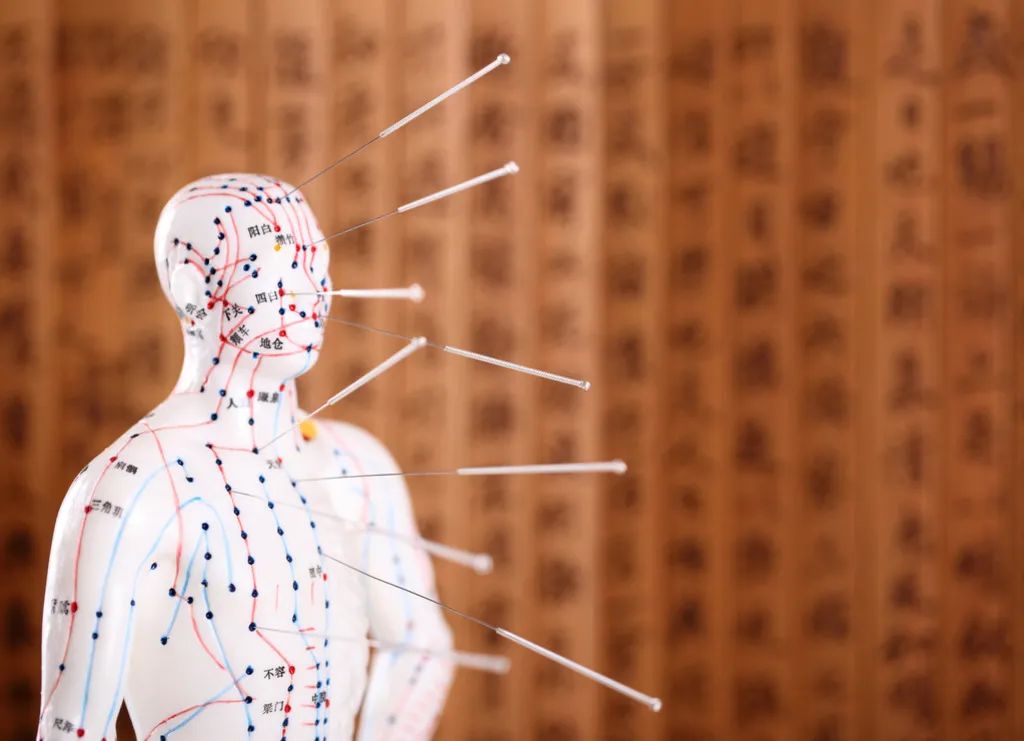
There are generally four types of needles:
Three-edged needle: Often used for blood stasis, excess heat, and acute conditions.
Skin needle: Functions to promote the flow of qi and blood, adjusting the internal organs to achieve external treatment of internal diseases.
Fire needle: Used to warm the meridians, dispel cold, promote circulation, and remove necrotic tissue; commonly used for treating wind-cold-damp obstruction, carbuncles, and hemorrhoids.
Electric needle: Uses an electric needle device to output pulsed current, acting on the body’s meridians and acupoints, with different waveforms producing various effects.
Common moxibustion methods include four types:
Moxa cone moxibustion: Placing a moxa cone made of moxa wool on the skin for moxibustion; or placing a moxa stick on herbs and then on the skin for moxibustion.
Moxa stick moxibustion: Lighting a moxa stick and applying it to the acupoints.
Warm needle moxibustion: After needling, wrapping moxa wool around the needle handle and igniting it, allowing heat to penetrate through the needle into the body.
Warm moxibustion box: Burning moxa segments and placing them in a warm moxibustion box, then applying the box to the area needing treatment.
Moxibustion therapy is primarily indicated for cold syndromes, yin syndromes, and deficiency syndromes, especially suitable for chronic diseases and those with deficient cold.
Five Questions About Acupuncture
Does acupuncture harm the body? What diseases can acupuncture treat? What are the contraindications during treatment? Here are five questions answered for you.
No.1
Can acupuncture “harm qi”?
Acupuncture involves tonifying and dispersing: “if there is excess, disperse it; if there is deficiency, tonify it”: tonifying needling invigorates the body’s vital energy, restoring diminished functions; dispersing needling can expel pathogenic factors, normalizing overactive functions.
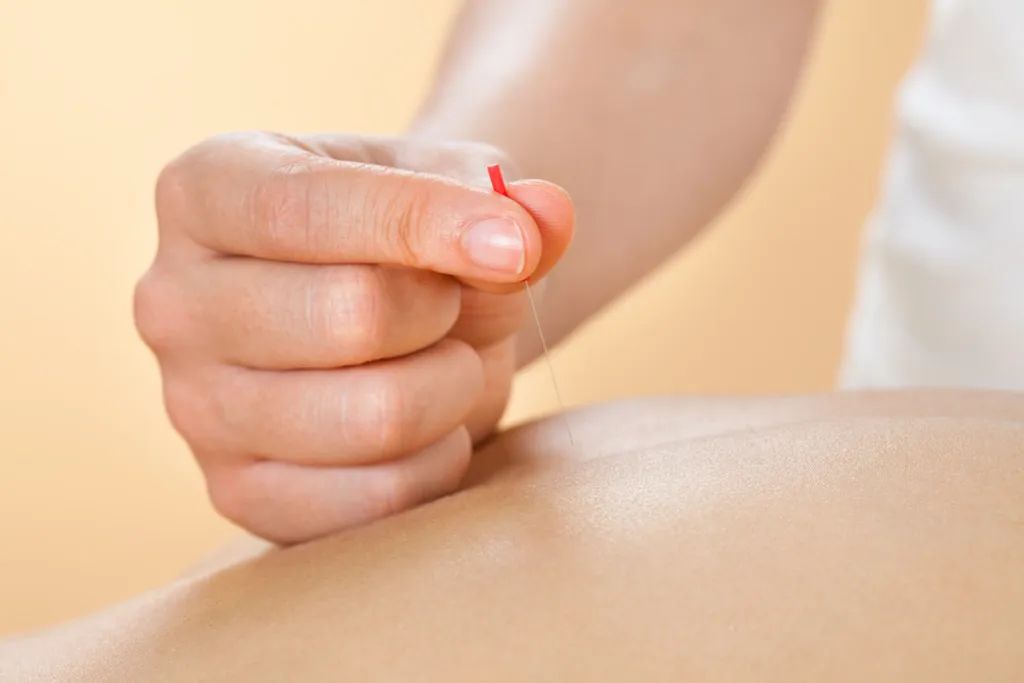
“Harming qi” is actually caused by improper needling techniques, such as using heavy techniques on a patient with a weak constitution, which can further weaken them.
Therefore, acupuncture treatment must be performed by a qualified acupuncture practitioner; do not attempt it yourself or have it done by non-medical personnel.
No.2
What diseases is acupuncture particularly effective for?
Acupuncture has its indications and demonstrates significant advantages in treating the following categories of diseases:
-
Acute and chronic pain conditions: toothache, headache, joint pain, and various other pain caused by different reasons.
-
Neurological diseases: facial nerve paralysis, lateral femoral cutaneous nerve inflammation, various neuritis, neuralgia, and neurodegenerative diseases.
-
Gynecological diseases: dysmenorrhea, premature ovarian failure, endometriosis, and reproductive assistance.
-
Dermatological diseases: stubborn skin conditions such as shingles, neurodermatitis, and acne.
-
Gastrointestinal diseases: gastritis, bloating, and alleviating stubborn constipation and diarrhea.
-
Pediatric diseases: common ailments such as pediatric indigestion and susceptibility.
No.3
What are the contraindications for acupuncture?
Although acupuncture is relatively safe, there are still several precautions to consider during treatment.
-
Avoid being overly hungry, overly full, or overly fatigued: acupuncture under conditions of drunkenness, fatigue, or extreme hunger may lead to chaotic pulse and scattered qi.
-
Avoid excessive tension: when tense, the body may be in a state of chaotic pulse and scattered qi, which can easily lead to adverse reactions such as fainting during needling.
-
Avoid makeup and perfume: these can affect the doctor’s ability to accurately assess and diagnose.
-
Avoid holding urine: to prevent discomfort from leaving needles in or stimulating the bladder during abdominal acupuncture.
-
Avoid unclean skin: ensure skin cleanliness before and after acupuncture to prevent infection at the needle site.
No.4
How long after acupuncture can one take a shower?
The diameter of acupuncture needles is 0.2-0.3 mm, causing minimal skin trauma, and the needle holes can close quickly; thus, one can shower 2-3 hours after treatment.

However, if multiple acupoints are needled, such as on the head, limbs, and torso, it is recommended to wait 4-6 hours before showering.
If using three-edged needles for bloodletting, fire needles, small needle knives, or thread embedding techniques, it is advised not to shower on the same day, and to wait at least 24 hours. For sensitive individuals, those on long-term aspirin or anticoagulant therapy, or those with weak constitutions, it is recommended to wait until the next day to shower.
No.5
Who should avoid acupuncture?
-
Diabetic patients: even small needle wounds may not heal easily, and improper care can lead to infection.
-
Individuals with coagulation disorders: such as hemophilia or thrombocytopenic purpura, whose coagulation time is prolonged, may experience prolonged bleeding from needle sites.
-
Areas with skin infections, ulcers, or tumors should not be needled, as this may exacerbate the condition.
This issue was edited by: Wang Xiaoqing
Copyright Notice: This article is original to Life Times (WeChat ID: LT0385) and may not be reproduced without authorization. Sharing in your circle of friends is welcome.
We do not spread rumors or sensationalize news.
We do not use clickbait titles.
We do not exist solely for the purpose of generating shares.
Please believe in the power of originality.
On the road to health, we are willing to walk seriously with you.
Supervised by People’s Daily, organized by Global Times.
WeChat ID: LT0385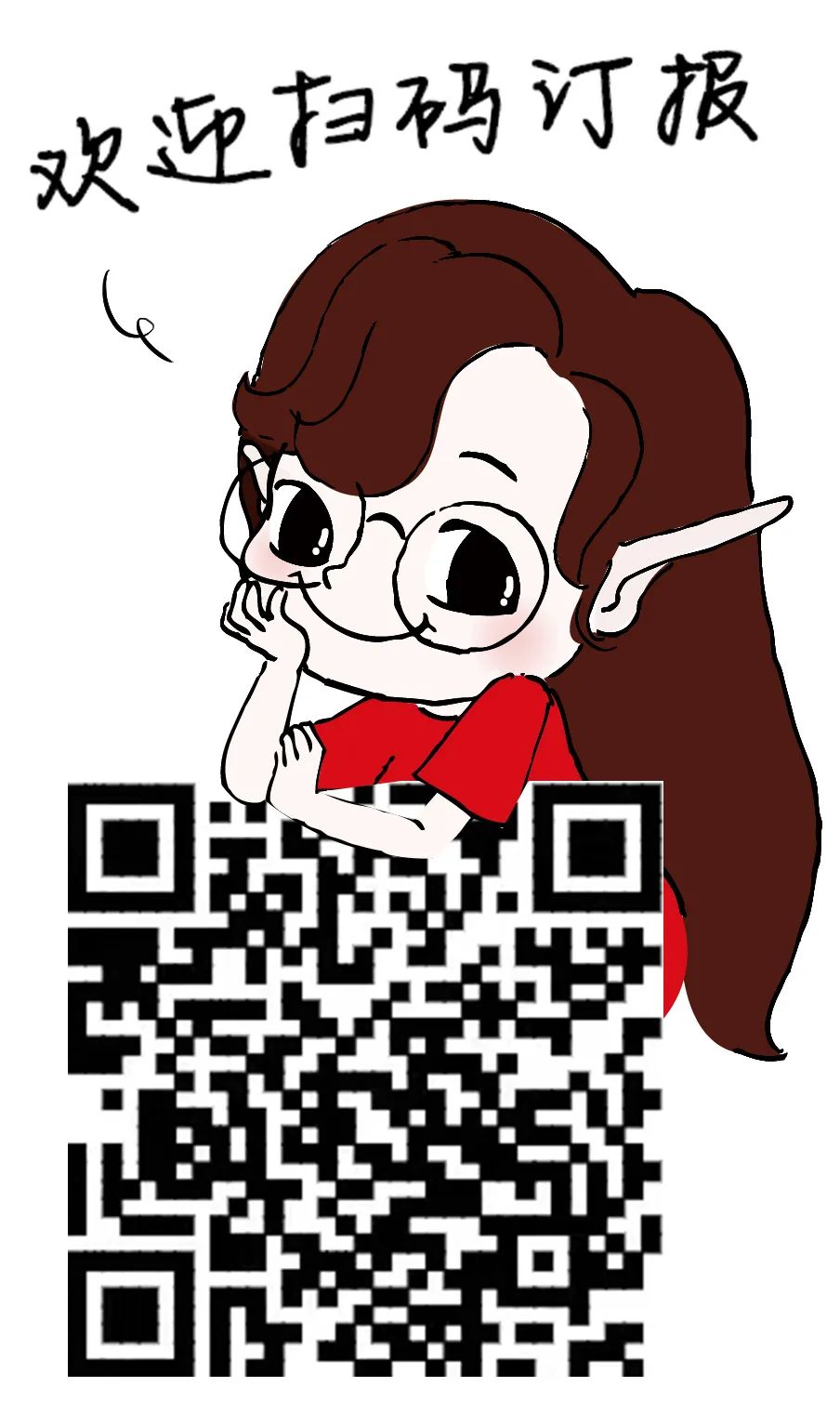
For inquiries, please call
Business cooperation: 010-65363765
Content cooperation: 010-65363786
Click the image below
To purchase the Life Times electronic newspaper↓↓
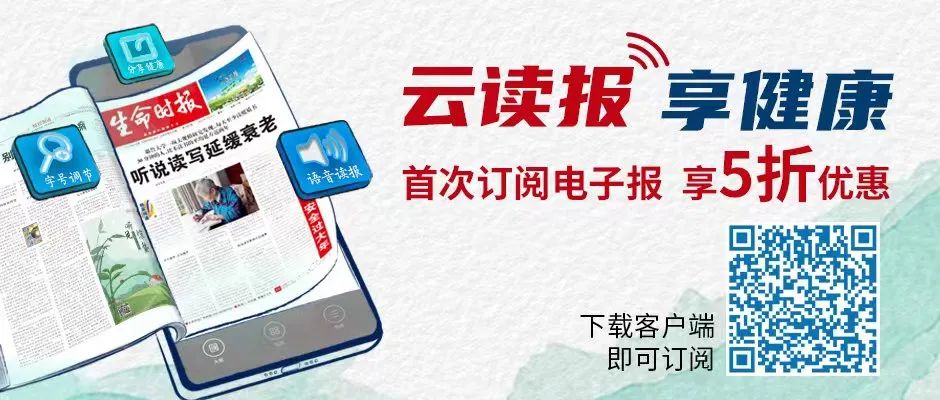
If you like it, please click “Looking”

